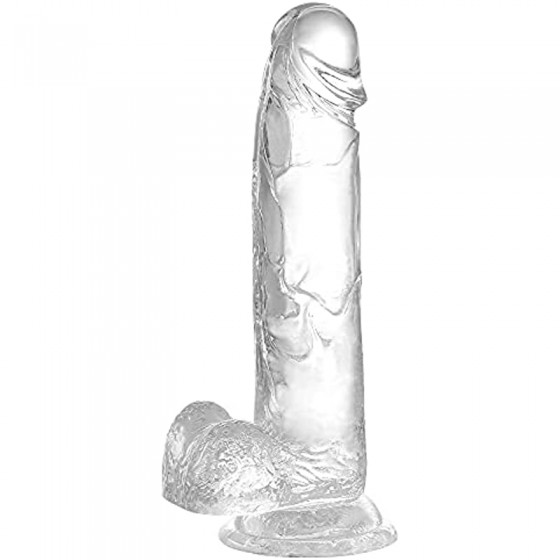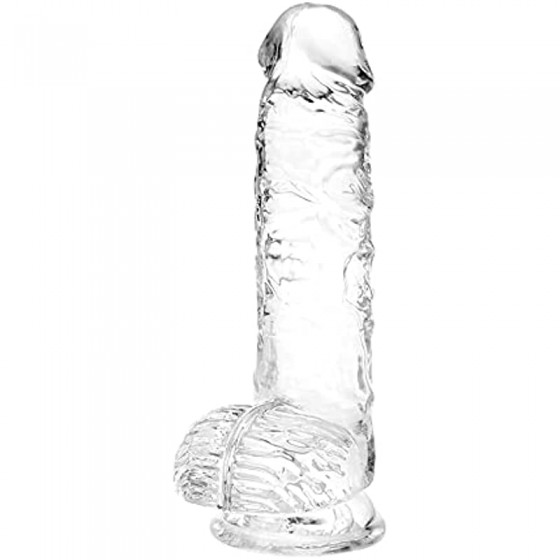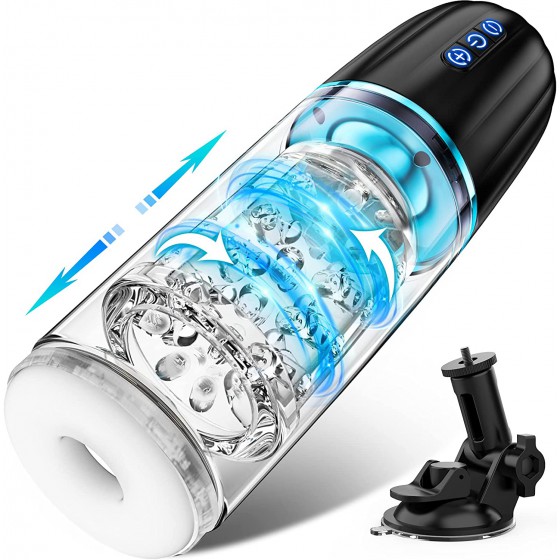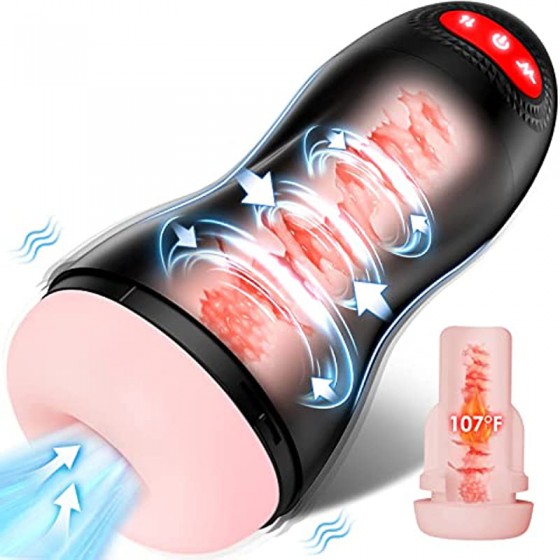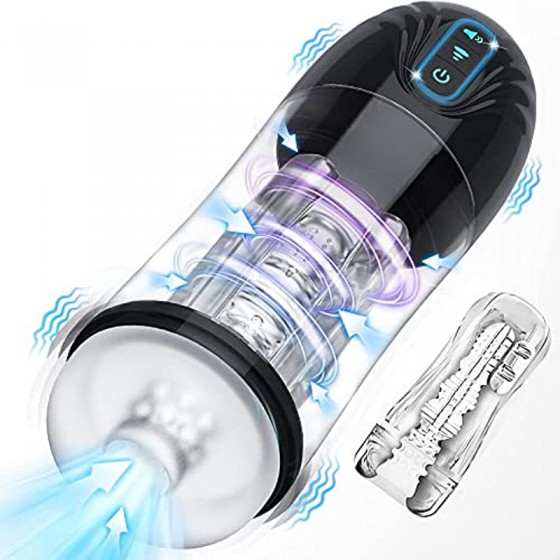About the female G-spot
The G point is located at the midpoint between the pubic symphysis and the cervix, close to the bladder neck. If the G-spot is continuously stimulated, some women can also eject a small amount of liquid from the urethra intermittently and rhythmically like ejaculation. During the sexual stimulation process, the female urethra begins to expand, and people can clearly feel the increase in the sensitive area. It protrudes into the vagina, becomes extremely swollen and bulges outward when the orgasm peaks, and returns to its original size after the climax.
There are individual differences in the size of the G-spot, which is generally about the size of a coin. There are reports that the G-spot generally decreases in postmenopausal women. The existence of the G-spot can be confirmed by stroking and stimulating the front wall of the vagina on both sides of the urethra with your index finger or index and middle fingers. It often helps if you use your other hand to apply pressure above the pubic bone. Women first report a feeling of needing to urinate, but this feeling will soon disappear and change into a feeling of sexual interest, which is often a completely new feeling for many subjects. At this time, the G-spot area begins to become solid, but it is not yet connected. As stimulation of the G-spot continues, it will become as firm as rubber and feel particularly like prostate tissue. If stimulation continues and women reach orgasm, some women will eject streams of liquid from the urethra, and about 10-40% of women can eject.
Another characteristic of female ejaculatory orgasm is that the uterus is lowered to the vaginal opening, the upper part of the vagina is significantly tightened, and the anterior vaginal wall is significantly lordotic. This is consistent with the elevation of the uterus into the false pelvis and contact with the dilated vagina described by Masters and Johnson. The upper section forms a "tent effect" that is completely different. They speculate that these two different types of orgasms are controlled by two different types of nerves: clitoral orgasm is stimulated by the pudendal nerve, while ejaculatory orgasm is controlled by the pelvic nerve and hypogastric nerve.
A collaborative study is trying to confirm the existence of the G-spot. The operation was performed by two female gynecologists who had heard of the G-spot but did not know much about it. They have neither prejudice nor strong belief in the G-spot, and they were given guidance before the examination. They examined a total of 11 women before and after their partners performed G-spot stimulation. They found sensitive spots in four women, located between 11 and 13 o'clock, ranging in size from 2 to 4 centimeters and with a hardness similar to that of general swelling. Six women in this study had ejaculation, but laboratory tests showed that the biochemical properties of ejaculate and urine were similar. For example, there was no evidence that the level of prostatic acid phosphatase in ejaculate was higher than that in urine. In fact, there was Three women also had higher levels of the enzyme in their urine than in their ejaculate samples. Since the results of this study are different from those previously reported, it shows that in this study
More research is needed in this area, as the sample size is too small to make any conclusive judgments. The difference in these laboratory studies seems to be related to the quality of the samples collected. Because the external sphincter of the female bladder is weak, the ejaculate may contain different proportions of urine in addition to paraurethral gland fluid, so the measured results will be quite different. difference.
The existence of the G-spot and the clinical significance of the ejaculation phenomenon are multifaceted. When a couple just reads the news about the G-spot, they must excitedly try to confirm its existence and location. However, some couples are disappointed because their search turns out to be completely fruitless, causing them to experience frustration and operational anxiety. At this time, the diversity of sexual feelings and reactions should be pointed out to them. It is best not to set any fixed goals on sexual issues. Do not think that no ejaculation and no G-spot are found is abnormal.
Regardless of how the final study determines the composition or origin of the ejaculate, one can draw the following conclusions from the current research:
First, many women ejaculate or secrete or "leak" a secretory substance during orgasm. After the G-spot was discussed on American television, more than 5,000 letters were received confirming this finding.
Second, women who are able to ejaculate often feel uneasy and shy about it, thinking it is urinary incontinence, and become less nervous when they realize that it happens to others. They began to realize that this phenomenon represented a more interesting way of sexual response. In the past, in order to prevent men from looking down upon them ("drowning"), they always tried their best to suppress their climax performance.
Finally, when it is clear that the "patient's" stress urinary incontinence only occurs during orgasm, there is no need for surgical treatment of urinary incontinence. It should be explained to these women that this is a problem common to many women and that surgery is not necessary.
An interesting finding is that women who are able to ejaculate have much stronger pubococcygeus muscles than women who are unable to ejaculate. And when women complain of urinary incontinence during orgasm, doctors often tell patients to follow Kegel exercises to strengthen the strength and conditioning of their pubococcygeus muscles, which is counterproductive.
The relationship between the G-spot and the orgasmic platform in the outer third of the vagina is unclear. It is unclear whether they are different parts of the same area or two separate unconnected areas. The outer 1//3 of the vagina is the climax platform, while the G-spot is in the middle 1/3 of the vagina. However, the basic congestion and swelling of the physiological reactions of the two are the same. In the past, medical theories always emphasized that the nerve distribution of the vagina is limited to The outer 1/3 segment and the inner 2/3 segment have very few nerve endings, so there is no special feeling. However, the G-spot is located exactly in the middle 1/3 segment. Why is the feeling at this point so sensitive? Is there a dense area of nerve endings similar to the nerves of the prostate? It seems that the debate surrounding the G-spot and female orgasmic ejaculation will continue, and people can only uncover this mystery through more in-depth research.






